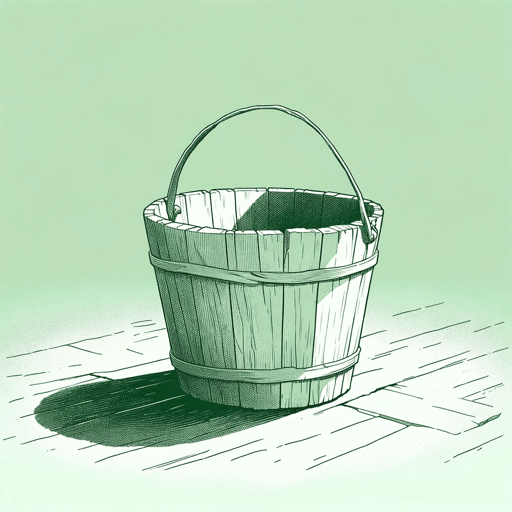51 pages • 1 hour read
Nancy IsenbergWhite Trash: The 400-Year Untold History of Class in America
Nonfiction | Book | Adult | Published in 2016A modern alternative to SparkNotes and CliffsNotes, SuperSummary offers high-quality Study Guides with detailed chapter summaries and analysis of major themes, characters, and more.
Themes
Upper- and Middle-Class Disdain for the White Underclass
Isenberg traces the origins of contempt for the white poor to colonial England. In the 16th and 17th centuries, the New World of America was considered a wasteland, uncivilized and wild and, therefore, a perfect place to send waste people. The poor of London, who were described as vagabonds and a plague, were expendable in the minds of the upper class. They could be sent to America, where, in many cases, they would be worked to death. The children of the poor were not exempted. The upper class of England considered the poor to be inferior beings, a breed distinct from themselves. Those attitudes would repeat themselves in the landed classes of America.
The conditions under which the poor lived in the New World were squalid and resulted in poor health and hygiene. Instead of attributing the state of the poor to the conditions of poverty, the landed classes blamed the poor themselves. That pattern of elite observation and condemnation repeats itself in American history from the early days of the settlements in North Carolina to the trailer parks of the 21st century.
Throughout American history, the upper and middle classes used and still use derogatory terms to describe the white underclass in politics, journalism, and popular culture.
Featured Collections
Books on Justice & Injustice
View Collection
Books on U.S. History
View Collection
Class
View Collection
Class
View Collection
Community
View Collection
Contemporary Books on Social Justice
View Collection
Nation & Nationalism
View Collection
Sociology
View Collection
The Best of "Best Book" Lists
View Collection

